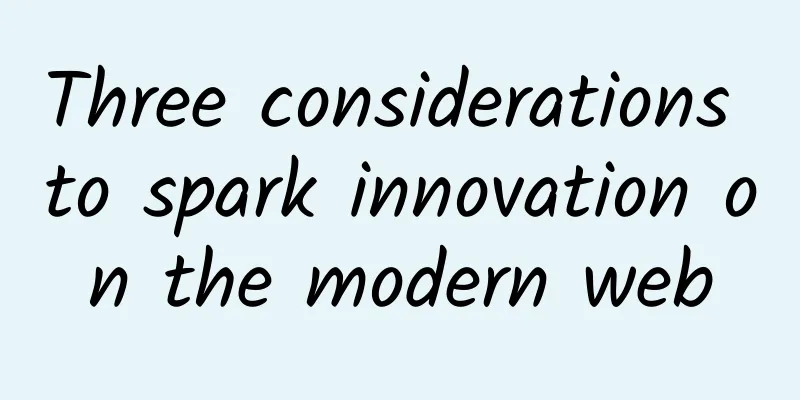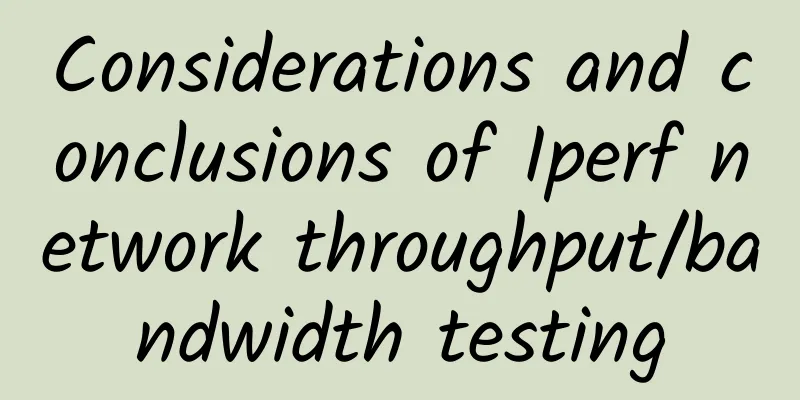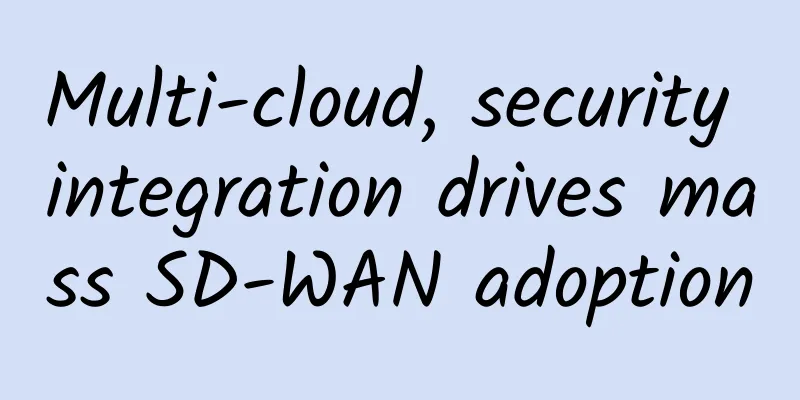Three considerations to spark innovation on the modern web

|
Today’s networks may not adapt well to changing needs. Some network experts share their thoughts on network innovation, including how traditional thinking has slowed down network development and whether change is possible.
Networking expert Greg Ferro on his Ethereal Mind blog identifies four networking innovations and mindset patterns that engineers should re-evaluate, ranging from general misconceptions about networks and network protocols to new architectures such as software-defined networking. These issues highlight the overall disconnect between technology, engineers, and users. Ferro believes that the main pain points of the network include:
"My concern is about connectivity and coordination between these SDN-controlled networks, as there are no standards for interoperability between them," Ferro wrote. "None of the existing standards are applicable to these new systems." By rethinking these four questions, engineers may be able to drive some necessary network innovation. Embracing change in these areas can help move the network forward. Will traditional thinking hinder technological transformation? Enterprise network analyst Steven Schuchart discussed similar topics of network innovation on his blog. He said that traditional network thinking may hinder the further development of the network industry, especially campus networks. Campus networks require agility, security and efficiency. However, vendors and engineers view campus networks as a division of wired and wireless networks, which hinders development in some areas. This way of thinking also hinders positive changes in campus networks. Schuchart believes that a holistic networking perspective will not eliminate specialized vendor services, but vendors will need to strengthen their products and services to emphasize more aspects of the network. Although network teams generally have a negative view of vendor lock-in, it may be an inevitable situation for the industry. Schuchart noted that the demands of the business mean that gaining operational efficiency, agility and security are more important to enterprises than the ability to change suppliers. Is network innovation truly transformative? Tom Nolle, president of CIMI, also discussed network transformation in a recent blog post. He pointed out that the most fundamental way to transform the network is to build it in a different way. Enterprises will not only change the way they build network architectures, but also need to adjust suppliers. The main reason previous attempts at network innovation have failed is that it’s hard to convince network teams to change their ways—especially if that change involves a new, unproven, and unreliable architecture. Furthermore, the last innovation that drove change was the creation of the Internet, and that disruption is unlikely to happen again. However, it is possible to achieve network transformation by separating service and transport networks and improving operational expenditures to link transformation to new revenues. Virtualization can play an important role in separating service and transport as it can be another way to structure routing traffic through virtual tunnels. “I strongly believe that a two-tier transport/service model is better,” Nolle wrote. “Vendors can define a migration path for it that meets the carriers’ cost and benefit requirements and even provides a fairly safe transition strategy.” |
Recommend
Will Wi-Fi cost more than 5G connections?
This seems to subvert common sense! Recently, Eri...
5G package users exceed 200 million, 5G mobile phones are accelerating into the popularization period
Recently, China Mobile, China Telecom and China U...
The difference and application of single-mode fiber and multi-mode fiber
Fiber optics can transmit data faster and over lo...
Research shows: 5G will drive the development of the digital economy
How does 5G fit into this? As remote work, video ...
[11.11] Hostons: VPS hosting annual payment free double hard disk + double traffic
Hosteons launched a "11.11 Promo - DOUBLE Ba...
5G has just arrived, and 6G is on the way...but what will it look like?
[[352946]] On November 13, the website of the U.S...
SRv6 opens a new IP era
We know that IP data transmission in current bear...
How much power does 5G base stations consume? It is expected to account for 2.1% of the total electricity consumption in society
As we all know, since the first half of the year,...
How to choose the correct branch jumper for the switch
This article will serve as a guide for using MTP ...
A brief introduction to RPC services | Network protocols at different layers
Author: Wang Yuzhan JD Health Network Protocol Wh...
Maxthon Hosting 20% off: Los Angeles Triple Network CN2 GIA Line Monthly Payment Starting from 54 Yuan, 2G Memory/30G SSD/100M Bandwidth
Aoyozhuji is a long-established foreign VPS servi...
V2X communication: A new era of cooperation between vehicles and infrastructure
V2X communication, or vehicle-to-everything commu...
What happens from URL input to page display?
[[312427]] Preface When you open a browser, enter...
Regarding 2G network withdrawal, this article can be said to be very comprehensive
The withdrawal of 2G network is actually not a ne...
Why is China's 5G commercialization going astray?
"The 5G race is a race that the United State...









